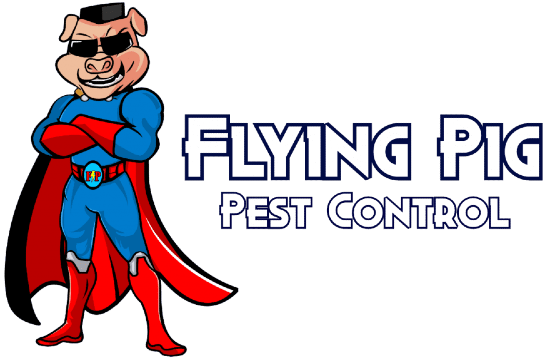When someone buys or sells a home, the finalization of the sale sometimes gets stalled because of termites, termite damage, or other evidence of termites found in the structure. Therefore, those selling their homes should have their homes inspected for termites early in the process.
Most pest companies are happy to provide a free termite inspection to any homeowner who wants an inspection, regardless of whether they have seen any evidence. However, if you need a termite inspection for the sale of your home, you will need the proper documentation provided.
The Ohio State University Pesticide Safety Education Program explains, “Ohio regulation requires that inspections for wood-destroying insects in a property involved in a real estate transaction be performed by a licensed inspector. The Wood-Destroying Insect (WDI) Inspection license is part of Ohio Pesticide Law and therefore requires the inspector to obtain an Ohio Commercial Pesticide Applicator License. Additionally, the inspector is required to attend a mandatory training provided by Ohio State University Extension before obtaining their license.”
When purchasing a home, it is always recommended to have the house inspected for termites and other wood-destroying organisms. In addition, many lending institutions require that the house be inspected and cleared for termites and other wood-destroying insects.
The form used to document the inspection is Form NPMA-33, which is the Wood Destroying Insect Inspection Report, which includes reporting for not just termites, but other wood-destroying insects such as carpenter bees, carpenter ants, and wood-boring beetles.
Certainly, regularly having one’s home inspected for termites (i.e. once per year) is a great idea. However, when the inspection is required for a home’s sale, ensure the inspector is a licensed professional. Ensure the inspector is licensed in Ohio to perform the inspection for a real estate transaction and that a Form NPMA33 is provided.
—
Flying Pig Pest Control Provides inspections and control of termites and other wood-destroying insects. Learn more here.
